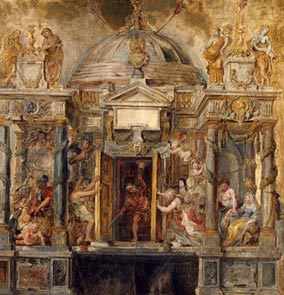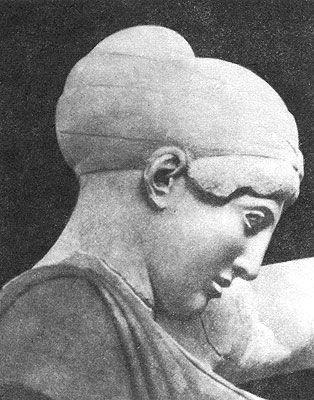tanya
Impressionism
 Renoir Pierre Auguste. The Ball in Moulin de la Galette Impressionism (Fr. Impressionisme, from impression – impression) is the artistic style in the art of the last third of the XIX – early XX centuries, which had a great influence on all subsequent art. Impressionism is a purely French phenomenon, although English landscape painters J. Constable and W. Turner are considered its predecessors. Continue reading
Renoir Pierre Auguste. The Ball in Moulin de la Galette Impressionism (Fr. Impressionisme, from impression – impression) is the artistic style in the art of the last third of the XIX – early XX centuries, which had a great influence on all subsequent art. Impressionism is a purely French phenomenon, although English landscape painters J. Constable and W. Turner are considered its predecessors. Continue reading
Gothic
 Stained glass window, fragment with architectural ornament. Colored glass, painting, lead. Germany. Late 14th century. The Gothic style is an artistic style that was the final stage in the development of the Middle Ages of art of the countries of Western, Central and partially Eastern Europe (between the mid 12th and 16th centuries). The term “Gothic” was introduced into the Renaissance as a derogatory designation of all medieval art, which was considered “barbaric”. From the beginning of the 19th century, when the term Romanesque was adopted for art, the chronological framework of the Gothic style was limited, it marked the early, mature (high) and late phases. Continue reading
Stained glass window, fragment with architectural ornament. Colored glass, painting, lead. Germany. Late 14th century. The Gothic style is an artistic style that was the final stage in the development of the Middle Ages of art of the countries of Western, Central and partially Eastern Europe (between the mid 12th and 16th centuries). The term “Gothic” was introduced into the Renaissance as a derogatory designation of all medieval art, which was considered “barbaric”. From the beginning of the 19th century, when the term Romanesque was adopted for art, the chronological framework of the Gothic style was limited, it marked the early, mature (high) and late phases. Continue reading
Baroque
 Baroque – (Portuguese. Baroco – freaky, bad, wrong, spoiled). The term “baroque” has many meanings in the history of art. Among them are narrower, to indicate artistic styles in the art of various countries of the XVII-XVIII centuries, or broader ones – to define the ever-renewing tendencies of restless, romantic attitudes, thinking in expressive, dynamic forms, or generally as a poetic metaphor: “Baroque man” , “Baroque”, “Baroque world”, “Baroque life”. Finally, in every time, almost every historical art style finds its “baroque period”. Continue reading
Baroque – (Portuguese. Baroco – freaky, bad, wrong, spoiled). The term “baroque” has many meanings in the history of art. Among them are narrower, to indicate artistic styles in the art of various countries of the XVII-XVIII centuries, or broader ones – to define the ever-renewing tendencies of restless, romantic attitudes, thinking in expressive, dynamic forms, or generally as a poetic metaphor: “Baroque man” , “Baroque”, “Baroque world”, “Baroque life”. Finally, in every time, almost every historical art style finds its “baroque period”. Continue reading



